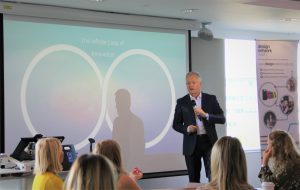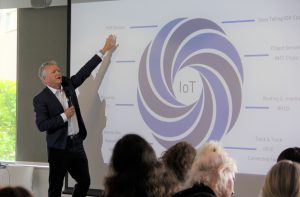In his second visit to NDC in three years, CEO & Founder of WhichPLM, Mark Harrop, came to share his thoughts on the next chapter of digital innovation -his presentation titled the Infinite loop of fashion was a great hit with the audience some of which had returned from previous years to hear the latest news on digital transformation within the fashion sector. Before jumping into his presentation highlights, it’s worth pointing out to our readers that Mark’s history in fashion spans 45 years which is pretty amazing in itself he talks with the passion and enthusiasm of someone half that age! During Mark’s presentation, it was also interesting to look back at previous ‘digital chapters’ in his career that he shared with the audience, providing great comparisons and insights from the past decades.

He started by making the point that our industry has arrived at a pivotal point of change driven by the ever faster introduction of new disruptive and exciting technology platforms, Start thinking out of the box and get ready to move away from the traditional linear process (what some people call the progressive bundle approach) to a new, what Mark calls the “Infinite-Loop” model – Simply put, he explained that an infinite loop is a new digital-driven fashion model, that loops endlessly with no real seasonal end, unlike the traditional end-to-end collection process. He called these drops rather than collections and again made the point several times that quantities continue to come down and down driven via the endless appetite for newness and personalisation. “Bulk production is dead” mass customisation and personalisation will become the new norm for fashion, he quoted!

He took a step back by reminding the audience of the first digital chapters in fashion that started in the late 1970s with the introduction of the Commodore PET that Mark brought to the factory floor as part of the first real-time payment and data capture systems, followed by the second chapter in the mid-1980s, when computer-aided design (CAD) came in as a brand new acronym and a graphics card took up an enclosure the size of your dining table today. He shared some memories of his MicroDynamics days and his colleagues that were on the vanguard of a real digital change in the way the industry worked when they helped introduce the latest IBM XT personal computers to the fashion sector. He quoted serious challenges with the way fashion was operating back then and also his and his teams believe in developing solution(s) – in the form of 2D CAD/CAM and PDM the worlds first product data management solution – to help connect the digital dots within a brand, retailer or manufacturer, based upon an enclosed client-server architecture supported by telefax to help share specifications with the suppliers. Keep in mind he said that back then it was all about making the headquarters work smarter, there was no such thing of offshore manufacturing really, apart from the very first pioneers the likes of Lawtex that back then Mark worked for as a work-study engineer.
Our supply chain is going through a revolutionary chapter that is more complex and connected than ever before. Customers expect trust, fairness and loyalty (He said that consumers personal data will come at a price, meaning that retailers and brands will need to pay in some form to get your data rather than what we have today when most people share their digital footprint for nothing!. He stated that today’s consumers are searching for a personalised buying experience and a new loyalty program that can only be delivered via the digitally connected landscape. They expect almost instantaneous service and response and, with the coming age of 5G, the industry will enable almost-instant responses across all channels to and from the consumer.
Mark went onto say that customers will want products that have been designed specifically to meet their wishes, and that will fit based upon their own unique dimensions. Individual, creative designs and tailor-made garments will become the new norm driven by new, disruptive technologies that will all become connected in an infinite digital loop.
This will be accompanied he said by new, digital services that will support a different lifestyle and experience linked to smart materials, digital prints and embroidery with products that will be extended beyond selling to also become a serviced product, new community experience linked to smart materials and garments, ownership, trust and authenticity enabled by the introduction of the blockchain will become widely used within our industry.

Mark stated that the next chapter of disruptive digital technologies the “Infinite Loop of fashion” is already here and is helping to revolutionise traditional business models as we all know them. He shared his findings from his recent trip to Israel visiting six digital disruptive that he believes will help to play a big part of fashion’s next digital chapter, and at the same time will change the competitive landscape for the better. (Kornit digital printers direct to garment or roll – Twine digital deying of thread – Browzwear and Optitex 3D – Digital Printing of ready to wear garments Danit Peleg studio – Syte A.I. & M.L) all of these digital-first can be found on WhichPLM’s website:https://www.whichplm.com/suppliers/supplier_category/solutions/
He was talking about: intelligent supply chain platforms; creativity and flexibility that will offer greater choice and options for a fraction of the traditional cost; He also stated that fast-fashion will become even faster; driven via greater efficiency delivered by advanced digital ecosystem collaboration; new re-engineered hardware and smart connected software solutions enabled by IoET (Internet of Everything); – The industry will continue to see further cost reductions driven via the efficiency of newly connected hardware and software. All of this he stated will make a far greater positive impact on the environment with reduced material waste compared to when using the “stack it high, sell it cheap” model versus the new made to order personalised model. Mark shared examples of the new hardware and software the likes of digital printing using direct to roll or direct to garment printing that is using new chemistry (digital inks) and fixing agents. So, unlike in the past, when we unknowingly caused tremendous environmental problems with massive pollutants, this new chapter he stated will help reduce the negative impact on our environment as a whole.
He said that the next generation of the smart thinking digital natives driving this new chapter of the “Infinite Loop” are looking at the traditional challenges with a completely new set of eyes and are, unknowingly in some cases, helping to shape the next chapter of connected supply chains that will constantly deliver experiences that the next customer-centric digital chapter will require.
Those of you who were there will know just how much passion Mark has for the sector, and for the massive changes that are taking place. A lot had changed in the three years since his last visit, and we look forward to hearing from him again when he returns with more insights from the cutting edge of technology.

